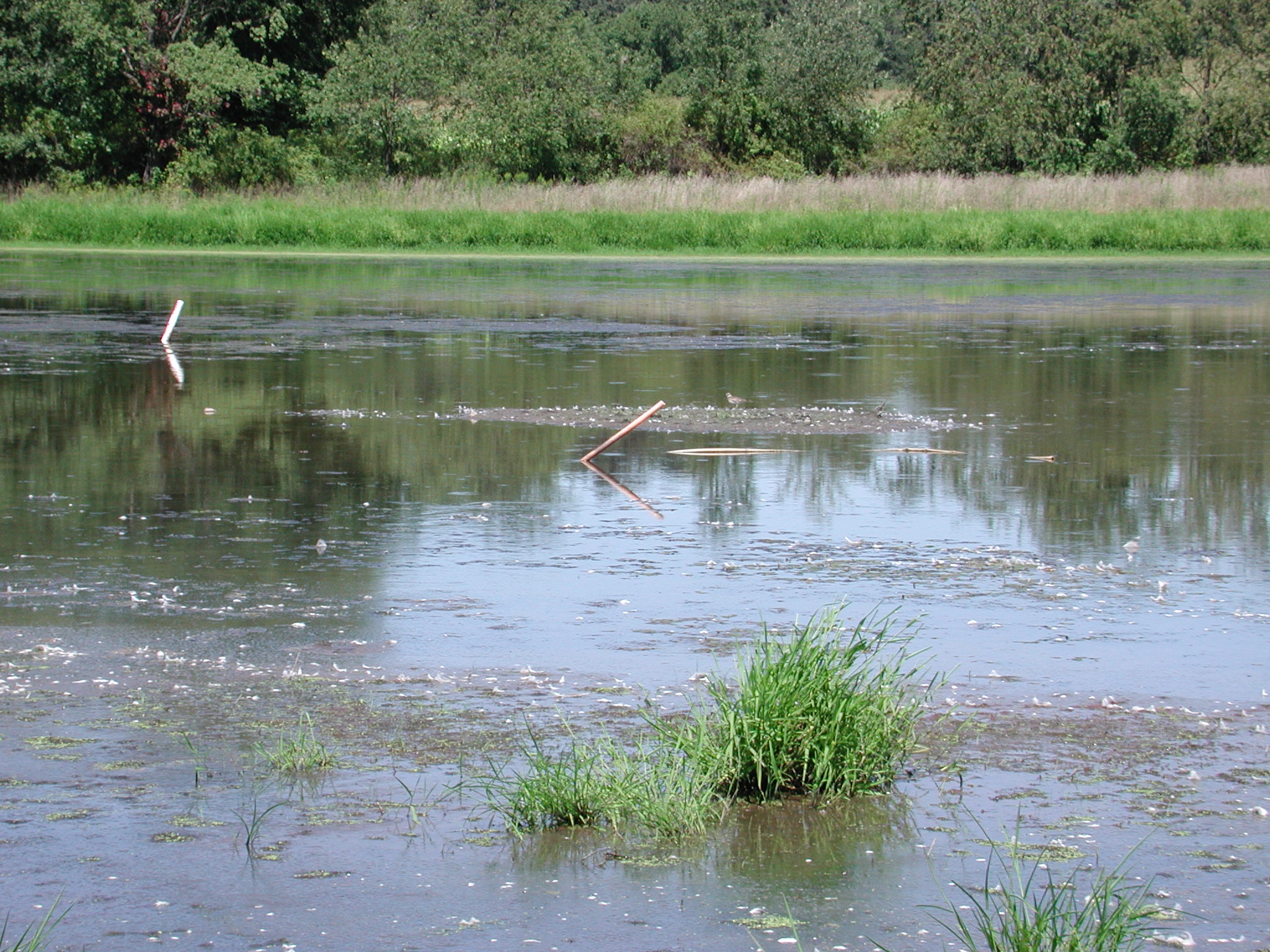Case Studies
|
definition functions losses alterations Restoration Decisions: (and theory) designtype site reference sites HGM vs. IBI hydrology vegetation soil landscape success criteria floristic quality Abby Rokosch Jessen Book Siobhan Fennessy |
Wetland restoration (definitions), along with restoration ecology, has been criticized for its feasibility (Zedler, 2000 more citations). Restoration ecologists face the question of whether or not it is actually possible to restore natural habitats (i.e. wetlands, rivers, lakes, forests) back to their pre-disturbed state. One of the main goals of restoration ecology is to predict the results of specific restoration actions (Zedler, 2000). Currently, the demand for restoration guidelines has exceeded our scientific knowledge on the effects of certain restoration methods (Zedler, 2000). (For more information about the current state of restoration ecology, see State of the Science.) Case studies are needed to further our understanding on how certain restoration practices effect natural ecosystems. Short and long-term assessment of restoration projects is needed to determine the success and function of a particular restoration method or practice. It is important that restoration ecology is linked to the sustainable use of the earth's resources, major ecological restoration will not be achieved unless society is behind the goals and objectives of restoration (Cairns, 2000). To achieve this public awareness, emphasis needs to be placed on restoring plant and animal communities as well as on restoring ecological functions that are valuable to society (i.e. wetlands as waste water treatments) (Cairns, 2000). Case studies are undertaken in order to both develop and test restoration guidelines that will enable scientists, ecosystem managers, and developers, to use and conserve the natural habitats that we have left. It is necessary that data obtained from all restoration projects, both successes and failures, be communicated and made available to all fields of research. Only by learning from case studies will we be able to implement successful restoration techniques.
CASE STUDIES |
